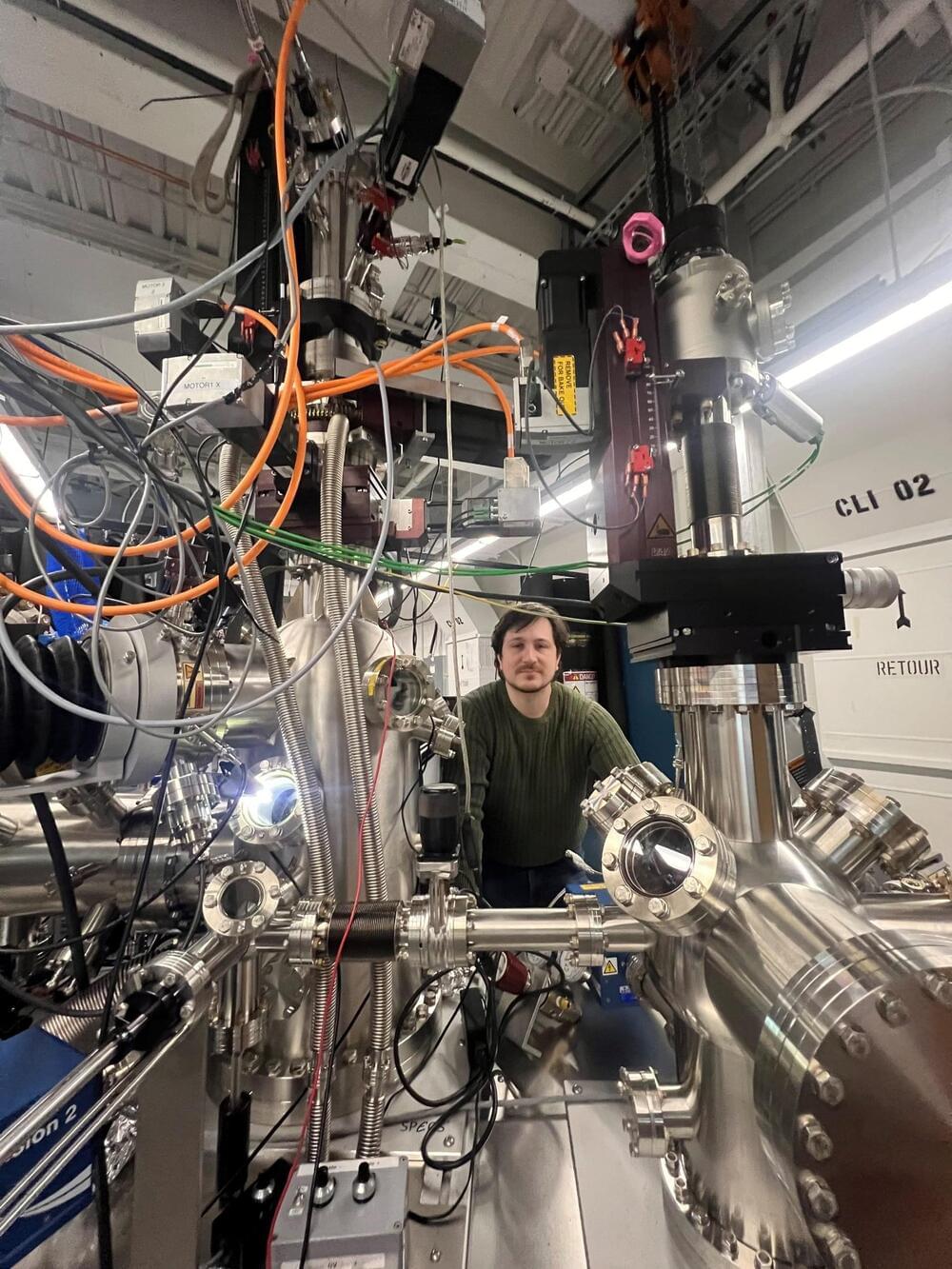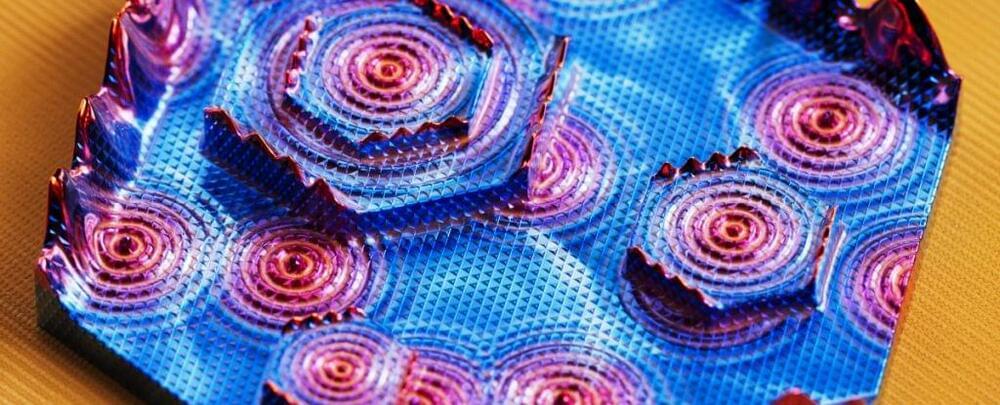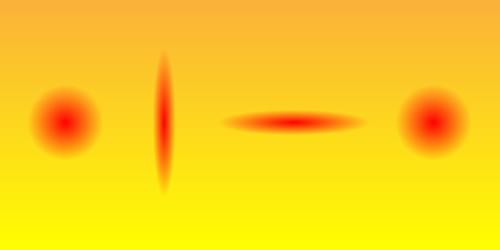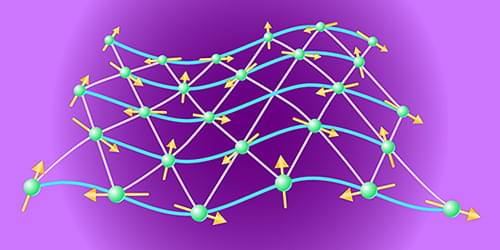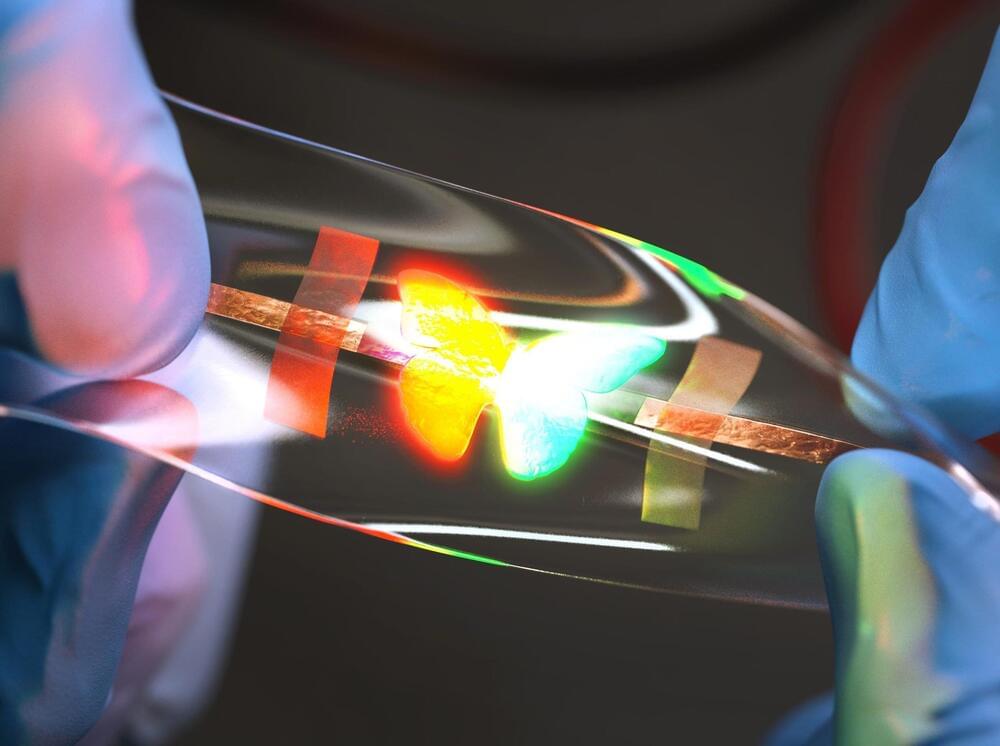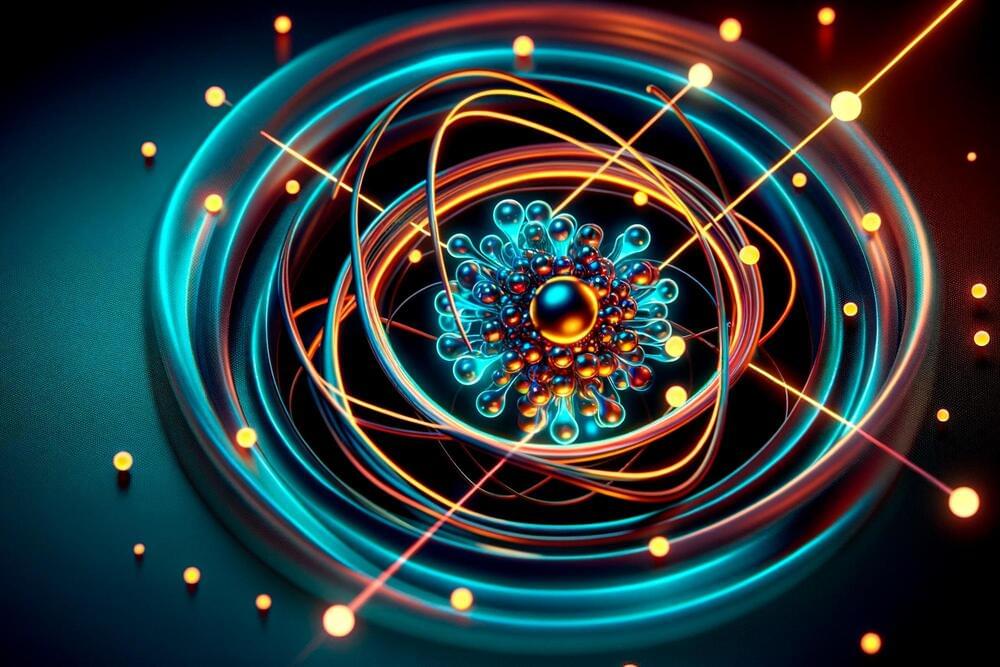Professor Fabio Boschini (above) and his colleagues are at the forefront of research in quantum materials, employing time-and angle-resolved photoemission spectroscopy (TR-ARPES) to drive technological breakthroughs in industries like mining, energy, and healthcare. Their recent work, demonstrates how TR-ARPES enhances the understanding and manipulation of material properties through light-matter interaction. Credit: Fabio Boschini (INRS)
Research into quantum materials is leading to revolutionary breakthroughs and is set to propel technological progress that will transform industries such as mining, energy, transportation, and medical technology.
A technique called time-and angle-resolved photoemission spectroscopy (TR-ARPES) has emerged as a powerful tool, allowing researchers to explore the equilibrium and dynamical properties of quantum materials via light-matter interaction.
